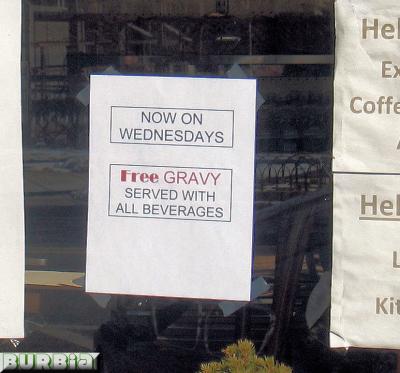If you’ve spent any time at all traveling, you’re probably familiar with three-letter “airport codes”. If you’ve ever been on a frequent-flyer message board, you know that airport codes are tossed around like so much jargon by road warriors. And if you’ve thought about it, you might have wondered why some airport codes are obvious – like CLT for Charlotte, NC or ATL for Atlanta, GA – while others don’t seem to make any sense at all. MCO for Orlando, FL? MSY for New Orleans? Why are some codes simple and others mysterious?
Well, it all has to do with history. These “oddball codes” generally fit into four categories:
Laziness: Before there were commercial airports, the National Weather Service (NWS) used a two-letter code for most US cities. By the 1930s, commercial aviation began to take off, and some bureaucrat noticed the need for airport codes in cities that didn’t already have an NWS weather station. So a three-letter airport code system was adopted, and many cities simply took their existing NWS code and put an X at the end… thus, Los Angeles is LAX, Portland, Oregon is PDX, and Phoenix, Arizona is PHX, and so on.
Changing names: Most of the “oddball” airport codes fall into this category. The airport at New Orleans, Louisiana, now known as “Louis Armstrong International Airport”, was called the “Moisant Stock Yards” for years, hence the MSY code. Another Louisiana example is Alexandra, where the airport is known as ESF, for Esler Field. Orlando International Airport stands on what used to be McCoy Air Force Base, hence MCO. The airport in Columbus, Ohio was known as Columbus Municipal Hangar, so CMH. And Chicago’s O’Hare airport changed names from Orchard Field (hence ORD) to O’Hare to commemorate a Chicago-born WWII flying ace.
Other codes got in the way: As a general rule, most TV and radio stations east of the Mississippi River begin their call signs with the letter W, while most cities west of the Mississippi use the letter K. What you might not know is that the U.S. Navy claimed all the “N” codes, Canada uses all the “Y” codes, “Q” was once used exclusively for international communication, and the FAA itself reserved “Z” for “special uses”. This means that W, K, N, Q, and Z were off limits as first letters for airport codes, and airports that wanted to use those letters had to think of something else. Norfolk, Virginia, for example, couldn’t begin their code with “N”, so the folks there dropped the “N” entirely to get ORF. Newark, New Jersey had to make do with EWR, while Wilmington, North Carolina came up with ILM. Newport News, Virginia skated around the issue by using a code named after the airport – Patrick Henry Field (PHF).
A combination of the above: Because Washington, DC couldn’t begin any airport codes with a “W”, they chose to use DCA for Washington National Airport. However, when Dulles Airport came along, it was initially given the code DIA (Dulles International Airport). But this was a nightmare for baggage handlers, since DCA and DIA are so similar, especially since luggage tags were handwritten at the time. So DIA became IAD, which is almost impossible to confuse with DCA.
Airport names come and go, but their codes are rarely changed. This is because travel industry folks become used to using a code, and because reprogramming every computer with a new airport code would be a giant pain. New York’s John F. Kennedy Airport is one of the few to have changed both names and codes. It was originally known as Idlewild Airport (IDL), but when the airport was renamed for the slain president, the airport code became JFK. The three-letter code system is so pressed for codes that IDL was retired and eventually reused: IDL is now the airport at Indianola, Mississippi.



